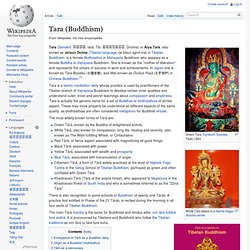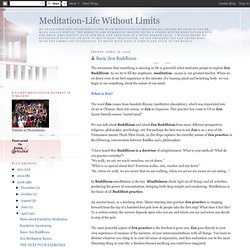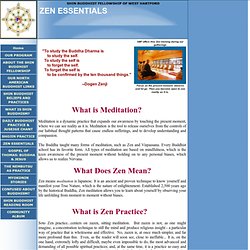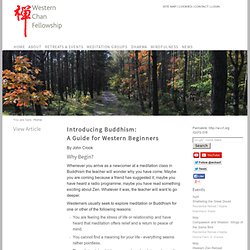

Tara (Buddhism) The image of Tara holding lotus, 8th century, Borobudur, Java, Indonesia Tara (Sanskrit: तारा, tārā; Tib.

སྒྲོལ་མ, Drolma) or Ārya Tārā, also known as Jetsun Dolma (Tibetan language:rje btsun sgrol ma) in Tibetan Buddhism, is a female Bodhisattva in Mahayana Buddhism who appears as a female Buddha in Vajrayana Buddhism. She is known as the "mother of liberation", and represents the virtues of success in work and achievements. In Japan she is known as Tara Bosatsu (多羅菩薩), and little-known as Duōluó Púsà (多罗菩萨) in Chinese Buddhism.[1] Tara is a tantric meditation deity whose practice is used by practitioners of the Tibetan branch of Vajrayana Buddhism to develop certain inner qualities and understand outer, inner and secret teachings about compassion and emptiness. The most widely known forms of Tārā are: There is also recognition in some schools of Buddhism of twenty-one Tārās. The main Tārā mantra is the same for Buddhists and Hindus alike: oṃ tāre tuttāre ture svāhā.
Basic Zen Buddhism. The awareness that something is missing in life is generally what motivates people to explore Zen Buddhism.

As we try to fill the emptiness, meditation –zazen-is our greatest teacher. When we sit down-even if our first experience is five minutes of a buzzing mind and twitching body- we can begin to see something about the nature of our mind. What is Zen? The word Zen comes from Sanskrit dhyana (meditative absorption), which was translated into ch’an in Chinese, then into zenna, or Zen in Japanese. This practice has come to US as Zen.
We can talk about Buddhism and about Zen Buddhism from many different perspectives-religions, philosophy, psychology, art. “I have heard that Buddhism is a doctrine of enlightenment. In Buddhism mindfulness is the key. An ancient koan, or a teaching story, likens entering into genuine Zen practice as stepping forward from the top of a hundred foot pole how do people take the first step? ZEN ESSENTIALS. "To study the Buddha Dharma is to study the self.

To study the self is to forget the self. To forget the self is to be confirmed by the ten thousand things. " --Dogen Zenji What is Meditation? Meditation is a dynamic practice that expands our awareness by touching the present moment, where we can see reality as it is. The Buddha taught many forms of meditation, such as Zen and Vispassana. What Does Zen Mean? :zenhabits. Zen Stories. Guanyin. Guanyin is the bodhisattva associated with compassion as venerated by East Asian Buddhists, usually as a female.

The name Guanyin is short for Guanshiyin, which means "Observing the Sounds (or Cries) of the World". She is also sometimes referred to as Guanyin Pusa (simplified Chinese: 观音菩萨; traditional Chinese: 觀音菩薩; pinyin: Guānyīn Púsà; literally "Bodhisattva Guanyin").[1] Some Buddhists believe that when one of their adherents departs from this world, they are placed by Guanyin in the heart of a lotus, and then sent to the western pure land of Sukhāvatī.[2] It is generally accepted among East Asian adherents that Guanyin originated as the Sanskrit Avalokiteśvara (अवलोकितेश्वर). Commonly known in English as the Mercy Goddess or Goddess of Mercy,[3] Guanyin is also revered by Chinese Taoists (or Daoists) as an Immortal. Etymology[edit] Avalokitasvara[edit] Guānyīn is a translation from the Sanskrit Avalokitasvara, referring to the Mahāyāna bodhisattva of the same name.
Depiction[edit] Introducing Buddhism: A Guide for Western Beginners - Dharma Talks and other articles on Chinese Zen from the Western Chan Fellowship. By John Crook Why Begin?

Whenever you arrive as a newcomer at a meditation class in Buddhism the teacher will wonder why you have come. Maybe you are coming because a friend has suggested it; maybe you have heard a radio programme; maybe you have read something exciting about Zen. Whatever it was, the teacher will want to go deeper. Westerners usually seek to explore meditation or Buddhism for one or other of the following reasons: You are feeling the stress of life or relationship and have heard that meditation offers relief and a return to peace of mind. And then again it might be something else. The Buddha Two thousand five hundred years ago Indian civilisation began to get complicated.